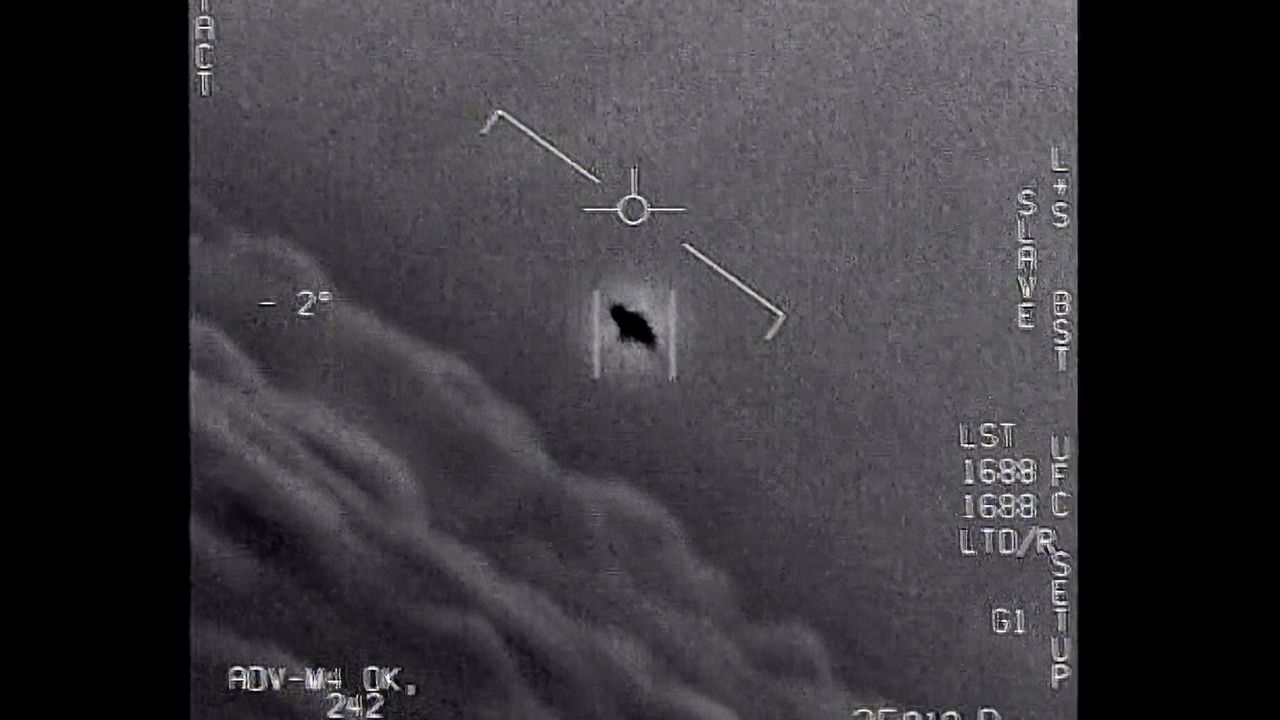A highly-anticipated report from intelligence officials on UFOs — or unidentified aerial phenomena (UAPs), as they are formally known — was delivered to Congress and its findings largely declassified on Friday.
Released by the Office of the Director of National Intelligence, the report did not come to any one official conclusion about the nature of the mystery sightings from various U.S. military personnel.
Officials said they failed to explain or identify 143 of the 144 cases of unidentified aerial objects captured on video since 2004.
“We were able to identify one reported UAP with high confidence. In that case, we identified the object as a large, deflating balloon,” the report states. “The others remain unexplained.”
The report cites numerous reasons why there is not yet a definitive answer, but says in part that “limited data and inconsistency in reporting are key challenges to evaluating UAP.”
A cohesive reporting system for naval officers who spotted such phenomena did not exist prior to 2019, making data collection and evaluation all the more challenging.
The report does acknowledge that some of the sightings appear to “demonstrate advanced technology.” Eighteen incidents, which were catalogued in some 21 reports, showed UAPs that “appeared to remain stationary in winds aloft, move against the wind, maneuver abruptly, or move at considerable speed, without discernable (sic) means of propulsion.”
While experts stopped short of either ruling out or stating any explanation for the sightings, the report did say that the objects will likely fall into one of five categories once more data can be collected and verified.
The first is “airborne clutter,” which could include anything from birds, balloons or even plastic bags.
The second category is natural atmospheric phenomena, including ice crystals, accumulated moisture that can interfere with technological instruments, and even “thermal fluctuations that may register on some infrared and radar systems.”
Third would be domestically-produced technology that could be “attributable to developments and classified programs by U.S. entities.” The report could not confirm that any of the sightings came from classified programs.
Fourth, and of most concern to U.S. lawmakers, is that the UAPs might be foreign adversary systems, or advanced technology from an unfriendly nation like China or Russia.
Finally, the UAPs could fall into the catch-all bucket of “other.”
Most of the objects that displayed unusual flight patterns could be included in this category. The report states that without additional research, and “pending scientific advances that allowed us to better understand them,” the objects will remain unidentified.
This story was updated with additional information.



